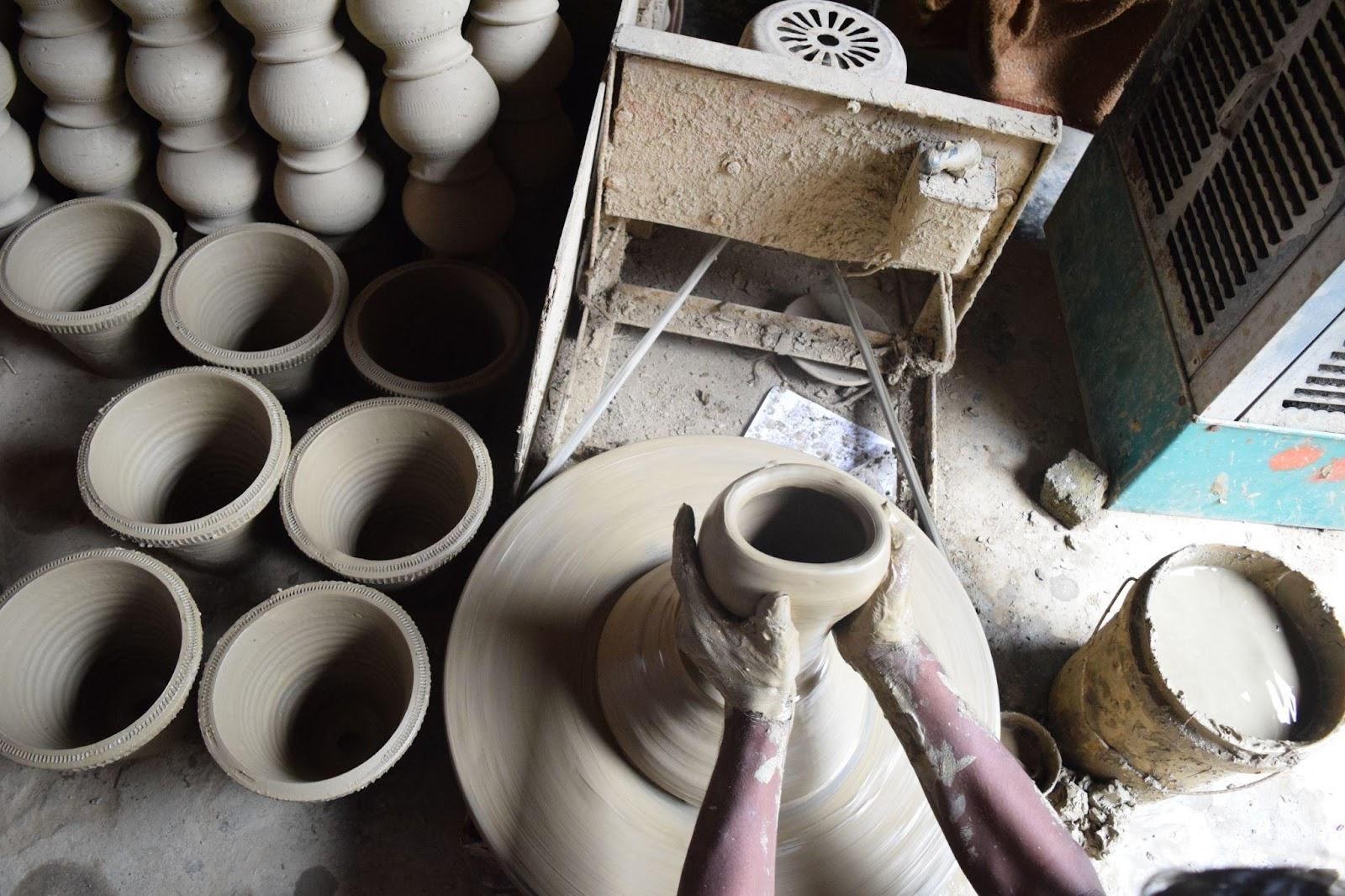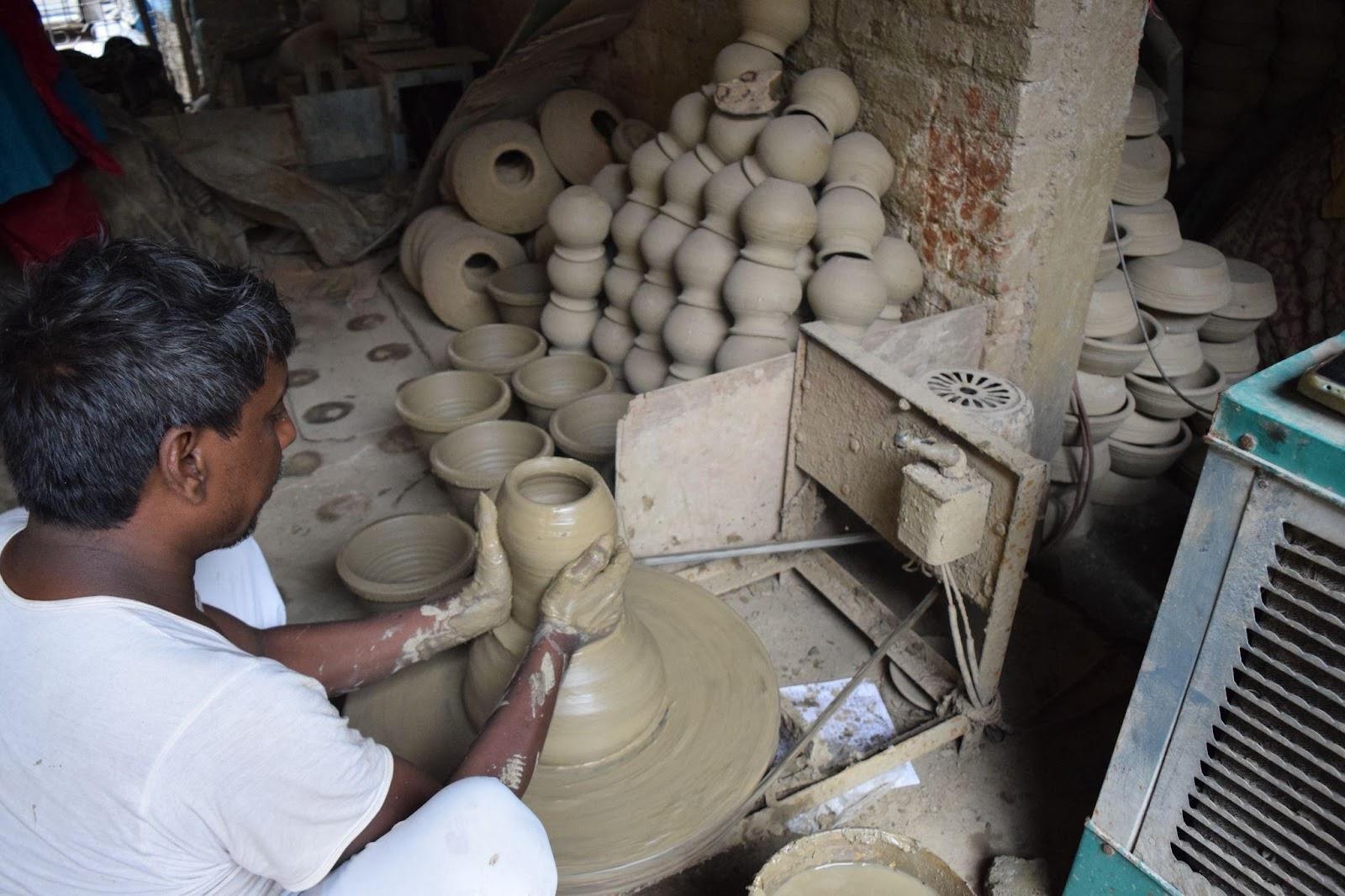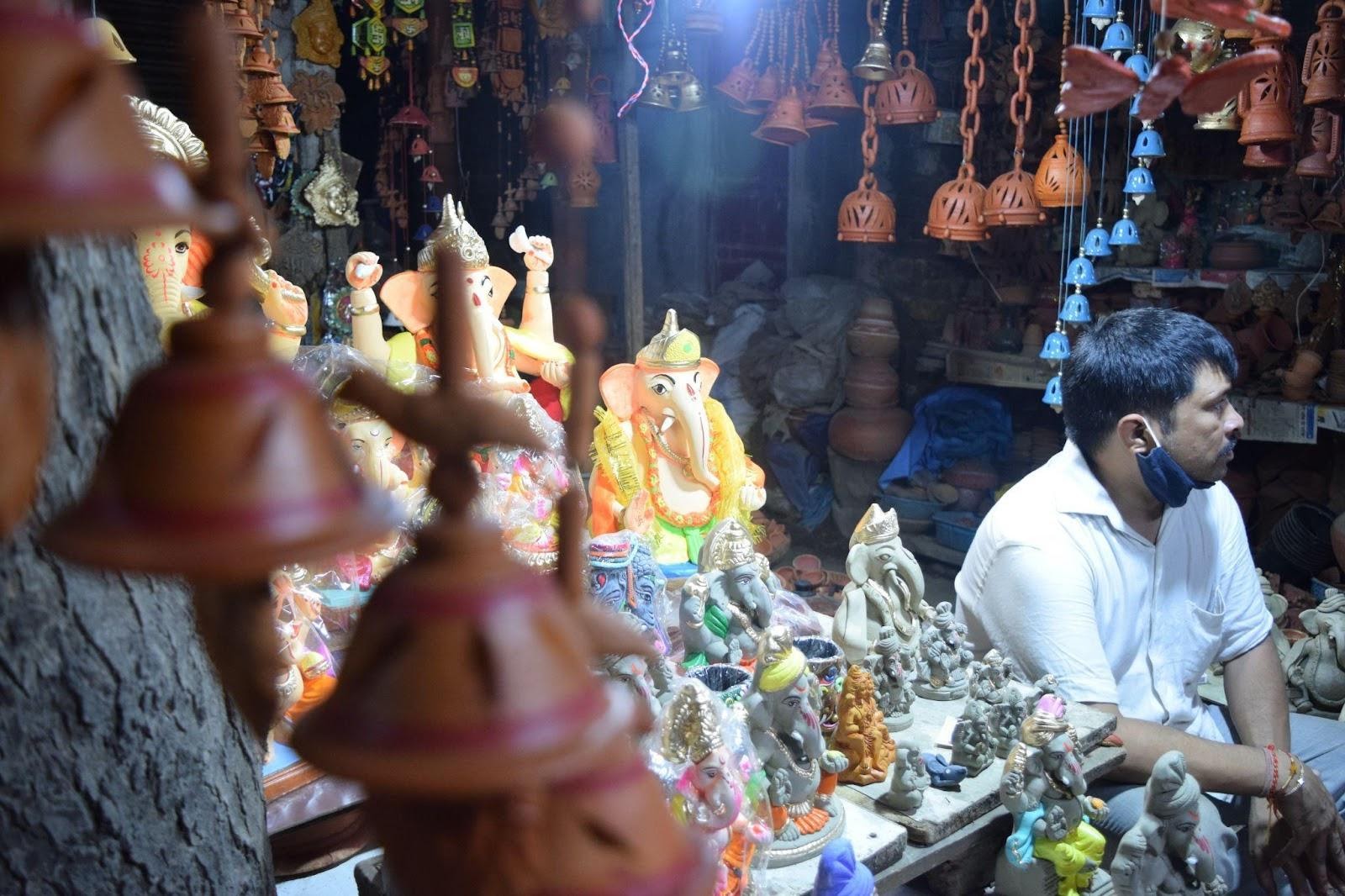Market Dries for the Artists of Uttam Nagar
‘my only wish is that this line of profession should end with me’
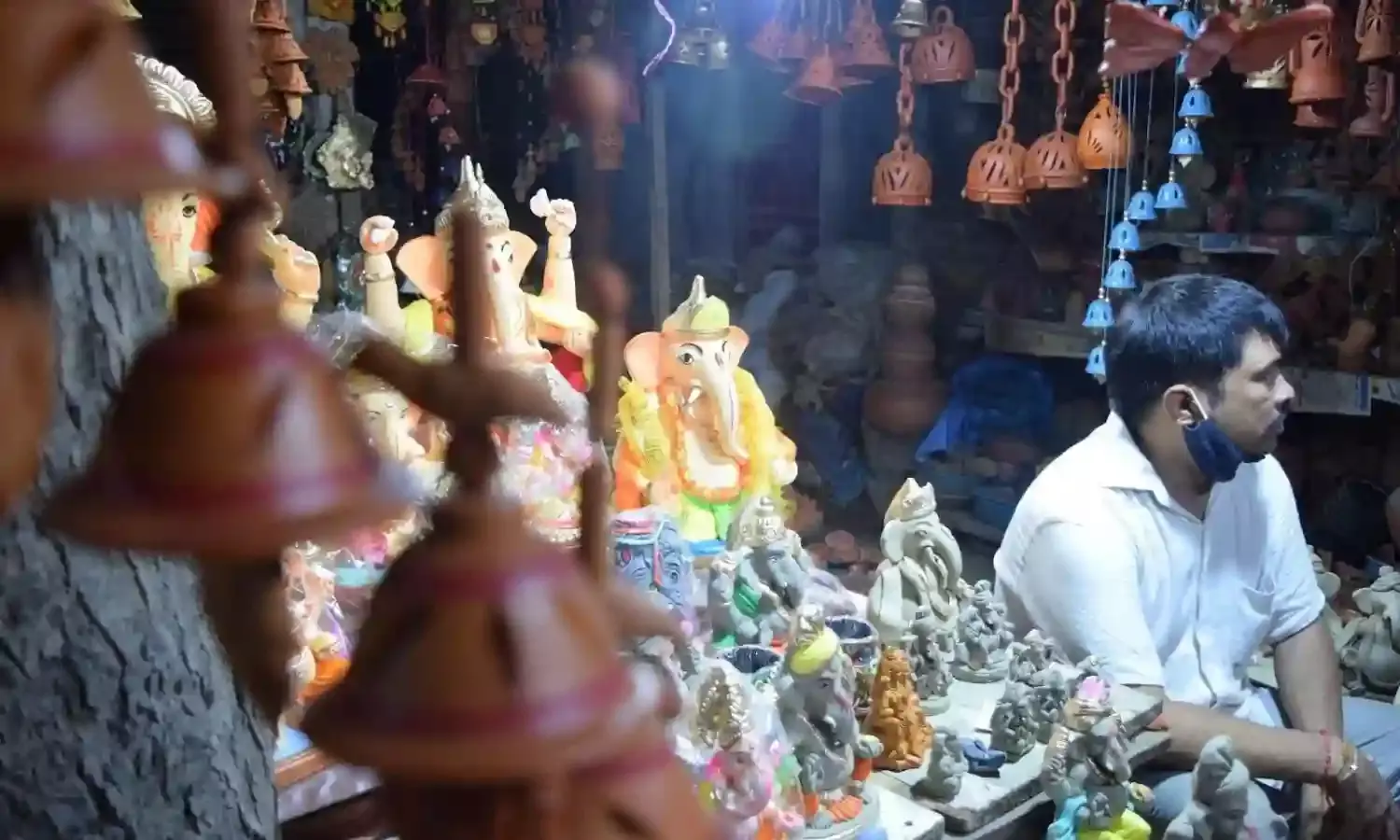
NEW DELHI: As the pandemic consequences take root, the lives of independent artists remain on edge. Markets are opening and people returning to the streets, but the artists community are facing difficulty reviving their earlier sales. One such group are the artists of the potters colony in Uttam Nagar.
According to Kalu Singh, “I thought a pandemic was the worst thing that could happen to our market, and after the pandemic our lives will be back on track, but that wasn’t the case. Initially we used to sail through the whole year with the help of festive season sales, but this time we hardly made any sales. And we have minimal orders for Diwali and Dussehra this time.”
Most potters in Uttam Nagar work independently from their homes, and all their investments in making clay products are from their own pockets. Singh explains that he brings clay to make pots, statues and other clay figures from Haryana in advance.
“From purchasing clay to getting paints, we put all the money from our savings from the previous year’s sale. Last year too we made minimal sales, and on top of that the pandemic drained all our savings. If this trend continues this year we will be left with nothing even to eat.”
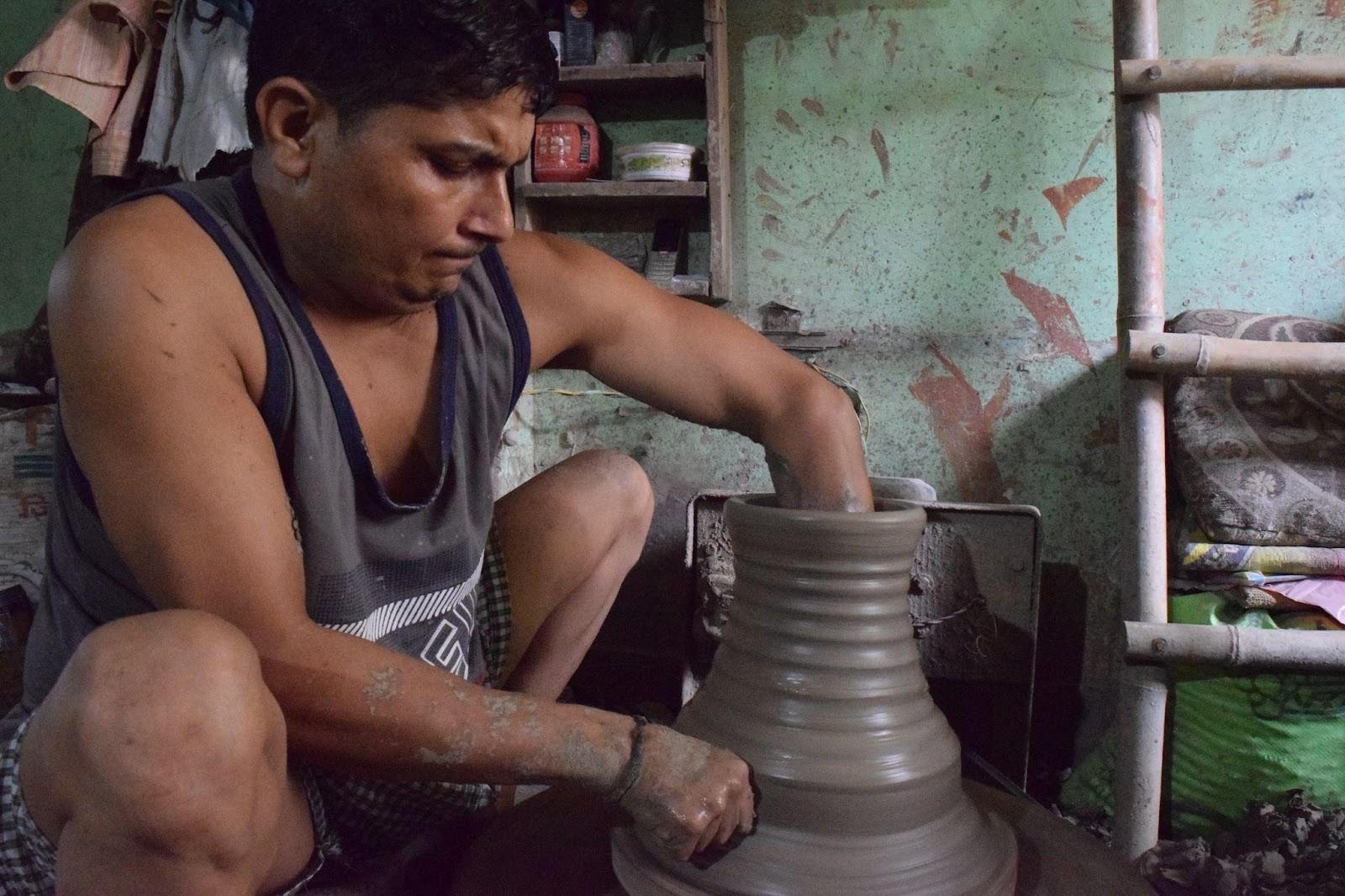
One of the major reasons behind their ongoing distress is the ban on public celebration and idol immersion during Ganesh Chaturthi. In order to avoid large gatherings of people the Delhi Disaster Management Authority restricted committees and housing societies from setting up Ganpati pandals for the second consecutive year.
The artists anticipate similar strictness during Diwali and Dussehra. The dry market is affecting their sales, and their households as well. Pottery is a family business for these artists, in which women and children equally participate. Meanwhile the burden of managing house with minuscule financial support still rests with the women.
Kalu Singh’s wife Maina talks about the challenges she faces while managing both. “We take care of house expenditure and production cost from the same savings. Giving an account of a single penny spent on household expenditure to my husband is difficult now as everything is so expensive these days.”
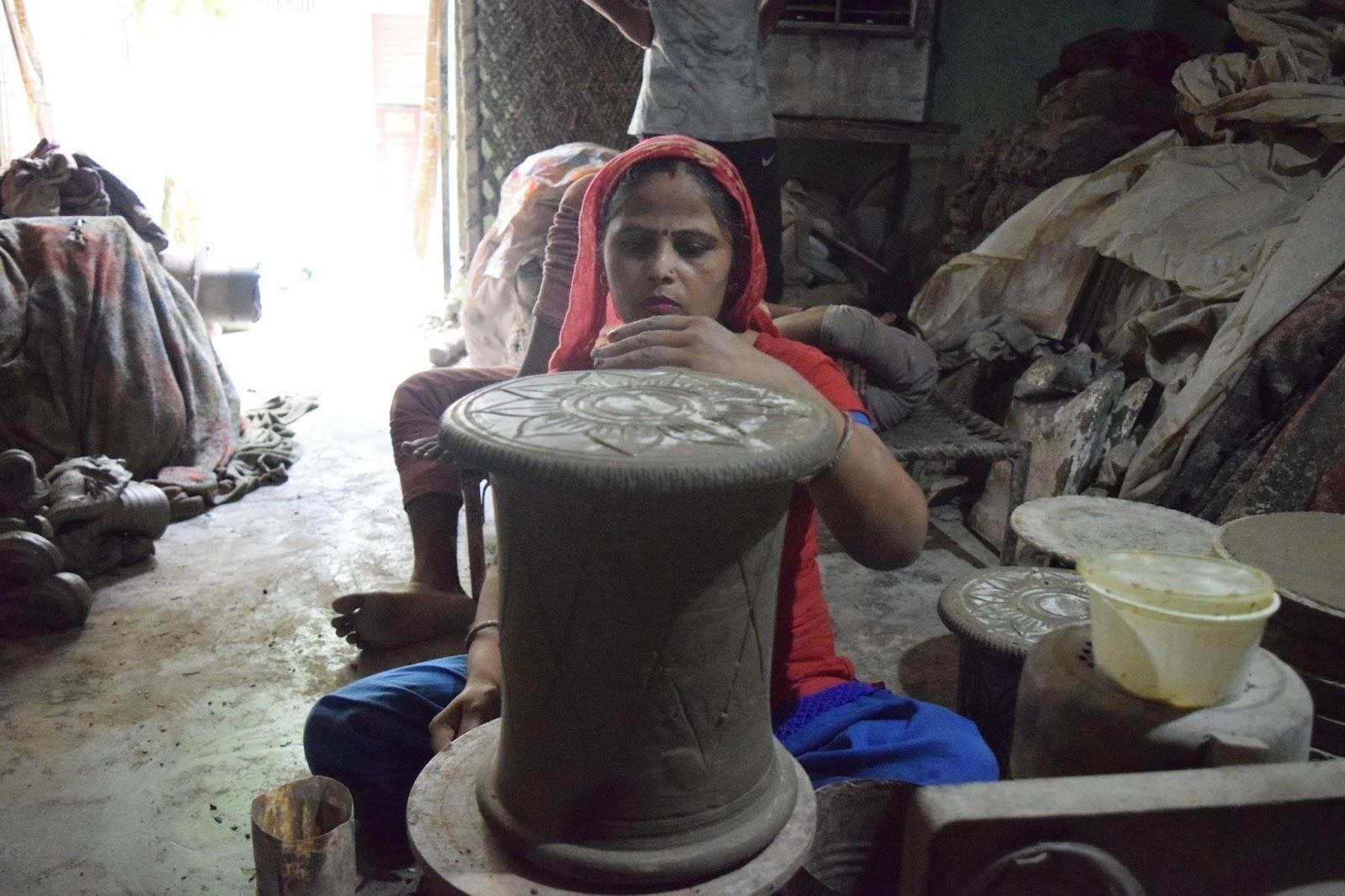
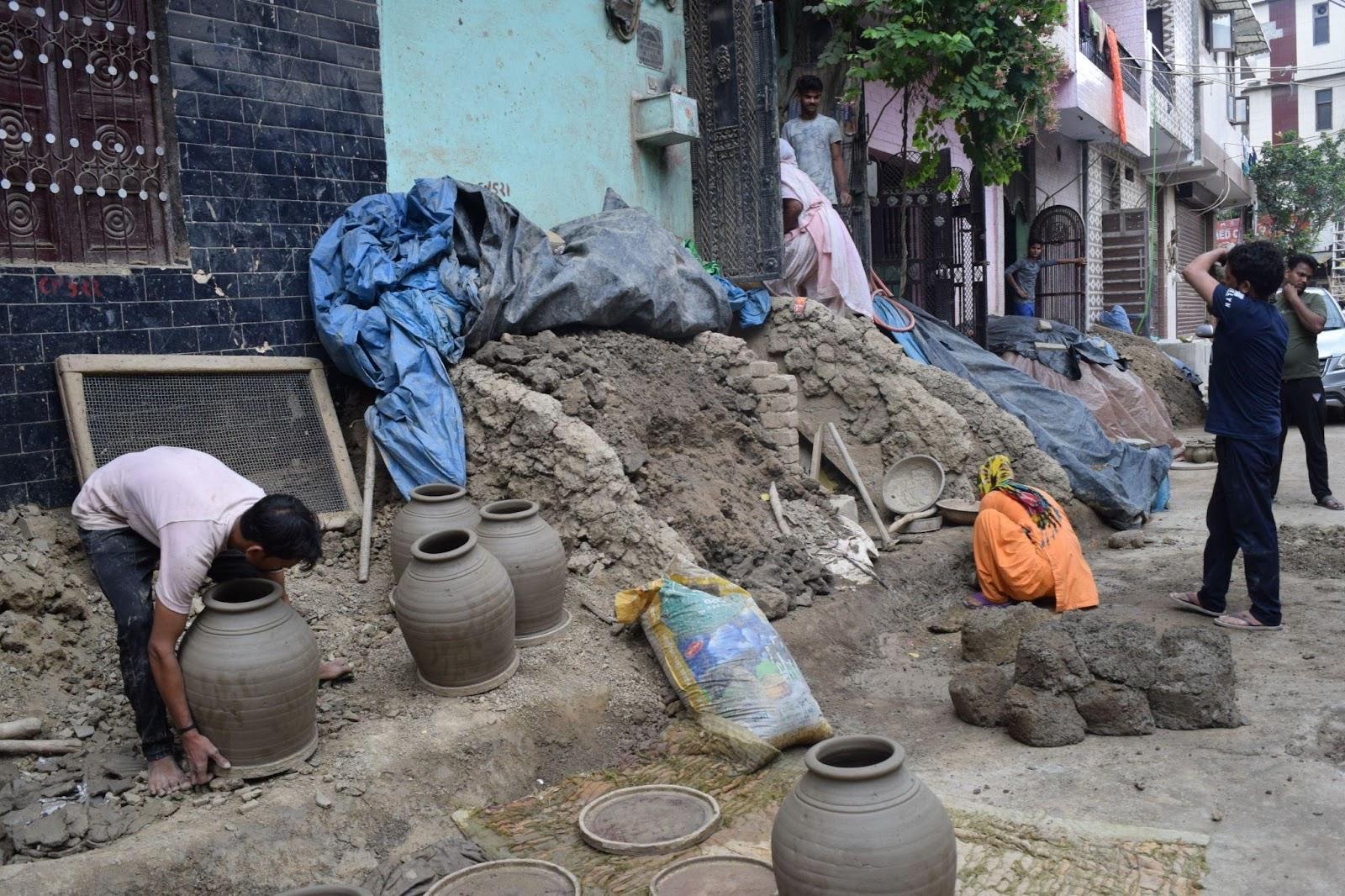
The situation doesn’t look good with the everyday increasing price of petrol and common household goods such as cooking oil. This everyday increment points towards the bigger picture of stagflation. According to a recent Pew report, the number of Indians earning less than Rs 4,500 per month doubled last year, from 6 crore to 13.4 crore people.
The Potter’s Colony in Uttam Nagar was 50–60 years old already when artists from the neighbouring states of Haryana, Rajasthan and UP came here in search of work. Pottery is not just a profession for them but a heritage that is cherished and preserved. But changing markets and inflation are forcing these artists to keep their children away from the profession.
“I came to Delhi years back and started pottery because that’s the only thing I knew. My father taught me this skill, who learnt it from his father, but I don’t want my kids to become a potter like me. I barely manage my house, and after the pandemic the future seems even bleaker.
“That’s why I made my son do a BA from Delhi University and now I want him to work in a company with stable pay, unlike me,” says Jagmohan Lal.
He adds, “When I moved to Delhi, I feared that my family art may die with me in this big city. Now my only wish is that this line of profession should end with me.”
